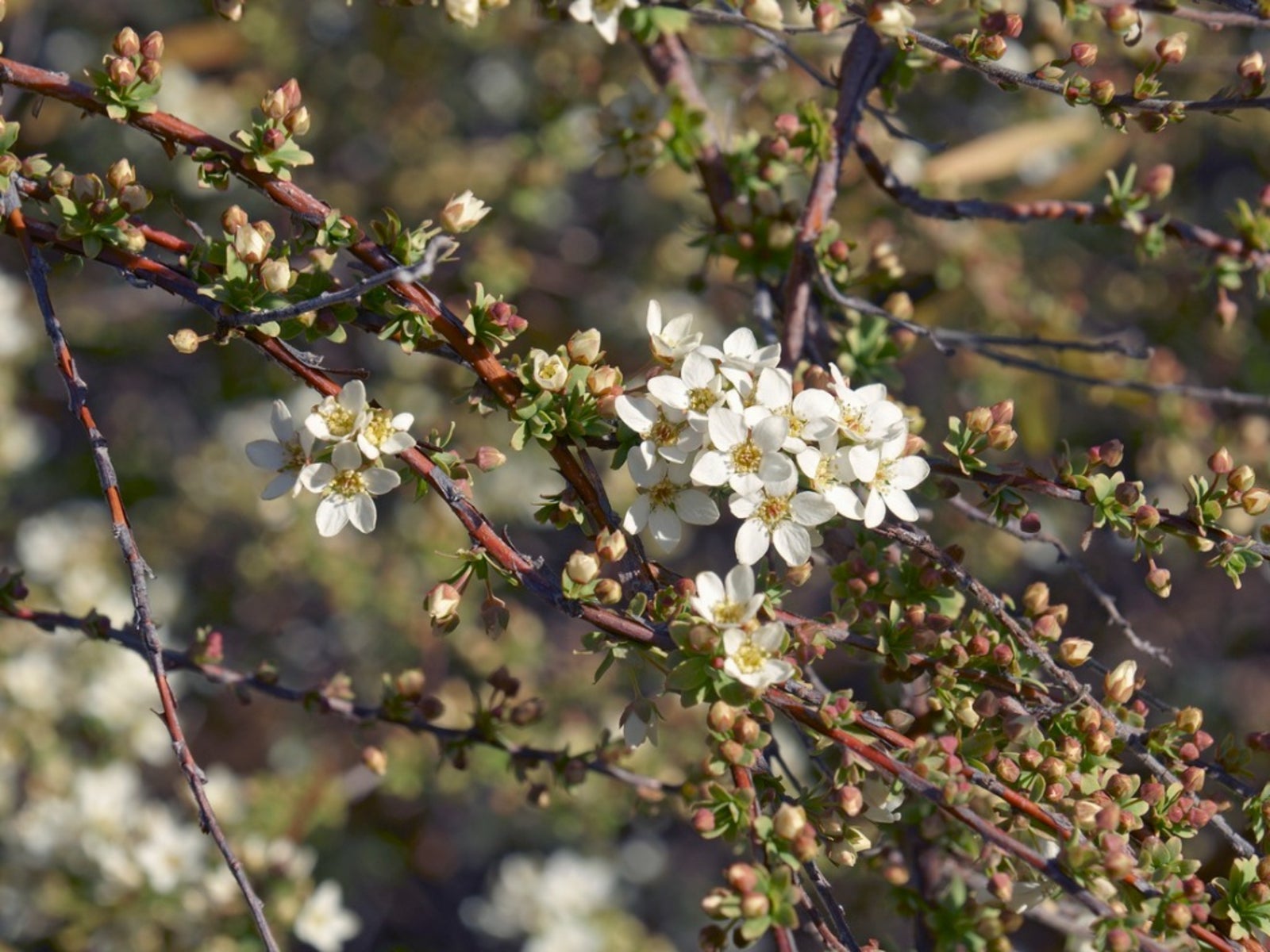What Is Ogon Spirea: Growing A Mellow Yellow Spirea Plant


An old-fashioned favorite in garden landscapes and flower borders, the introduction of new spirea varieties has given this charming vintage plant new life in modern gardens. These easy-to-grow deciduous shrubs are cold hardy to USDA zones 4-8. Varieties such as Ogon spirea, or ‘Mellow Yellow’ spirea, promise growers a profusion of flowers in the springtime, followed by stunning bronzed foliage each fall. Best of all, their robust nature and long life span make spirea shrubs an investment worth making.
What is Ogon Spirea?
Ogon spirea is a perennial shrub that reaches heights of up to 6 feet (1.8 m.) tall. The plants, native to Japan, were first introduced to the United States in 1993 by Barry Yinger. ‘Mellow Yellow’ spirea particularly appeals to many landscapers for its large wispy branches and interesting chartreuse willow-like foliage. Spirea thrives in a variety of growing conditions, making it an excellent choice for beginning gardeners wishing to add curb appeal to their properties.
How to Grow Ogon Spirea
Ogon ‘Mellow Yellow’ spirea plants should be grown from transplants. Not only is spirea seed difficult to find, but starting with plants will ensure that the variety grown is true to type. Select a location in full sun to partial shade, meaning that the plant should receive at least 6-8 hours of direct sunlight each day. Good drainage is also essential, as these plants will not tolerate soggy soil. Remember to allow enough planting space, as these shrubs will eventually grow quite large. Ideally, spirea should be transplanted in the spring. Dig a hole at least twice as deep and as wide as the spirea pot. Remove the plant from the pot and carefully place it into the hole. Move soil around the plant’s root ball and water thoroughly. Surround the new planting with a thick layer of mulch as a means to suppress weeds.
Ogon Spirea Care
Once planted into the garden, spirea plants require little care from landscapers. Throughout the summer, ensure that the plants receive water on a weekly basis. This will keep foliage looking green and healthy, especially during periods of extreme summer temperatures. Plants may also be pruned to achieve the desired size and shape. Pruning of spring blooming spirea types should be done after flowering has ceased in the spring.
Sign up for the Gardening Know How newsletter today and receive a free copy of our e-book "How to Grow Delicious Tomatoes".

Tonya Barnett has been gardening for 13 years. Flowers are her passion. She has transformed her backyard into a cut flower garden, which she regularly chronicles on her YouTube channel http://www.youtube.com/@tonyawiththeflowers.